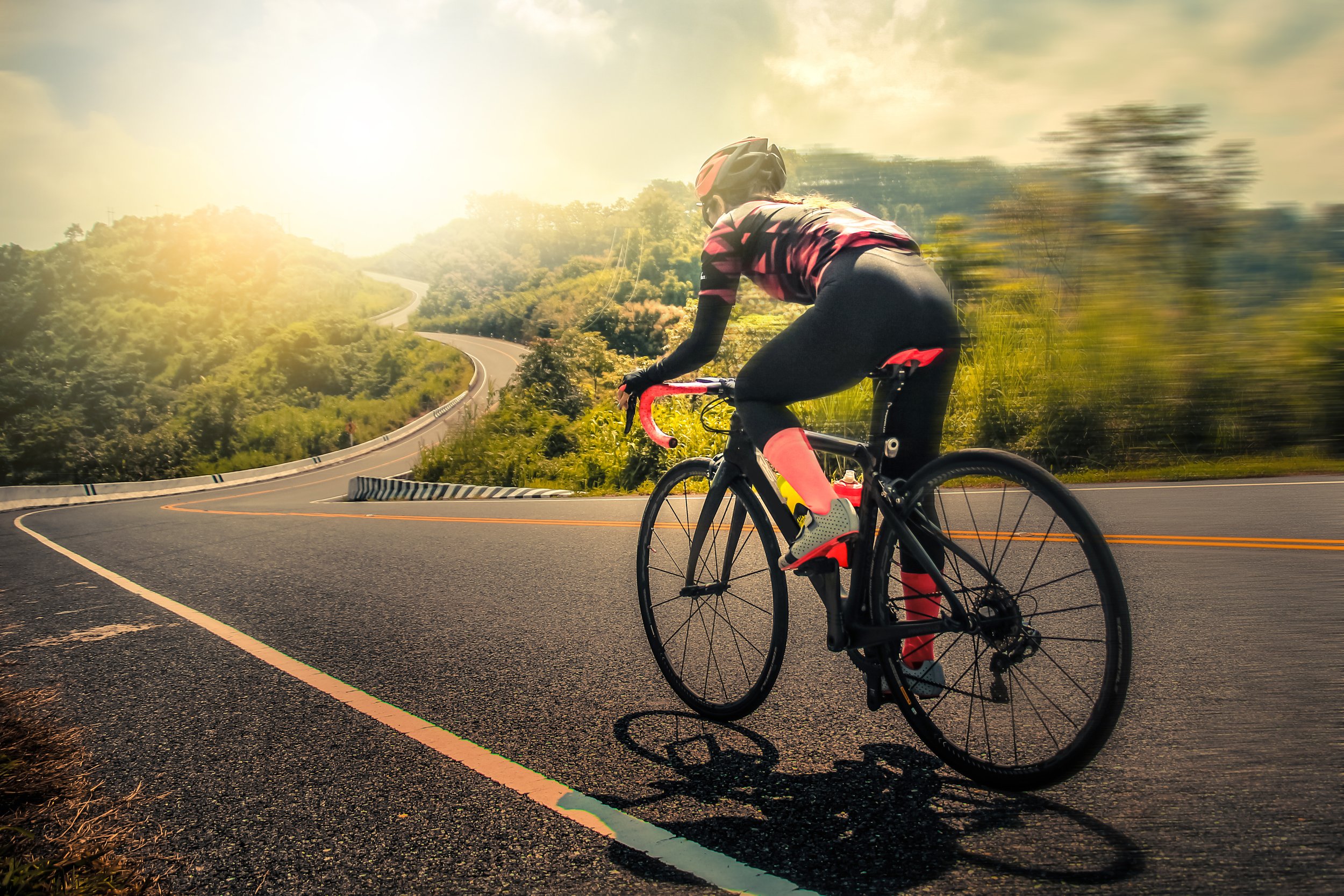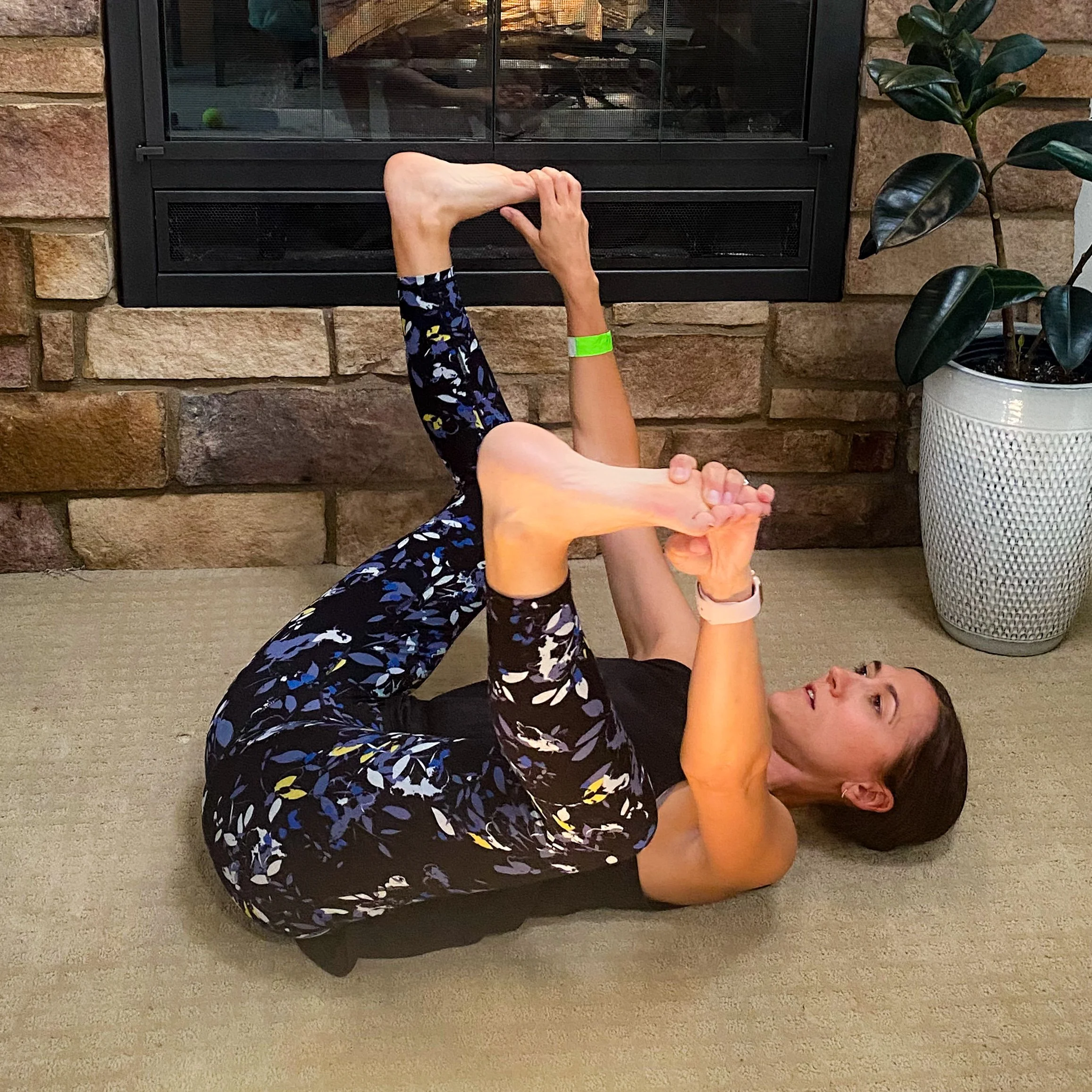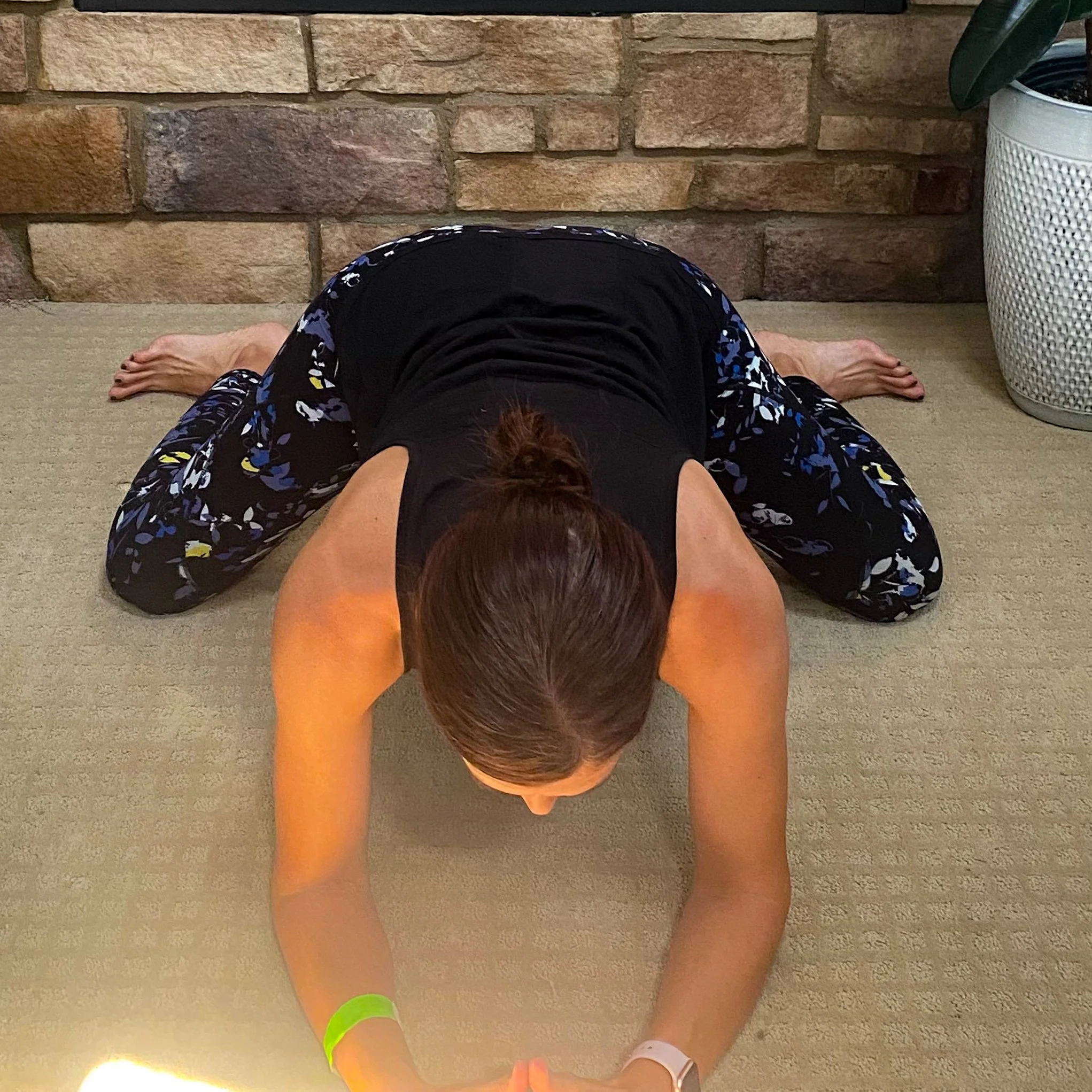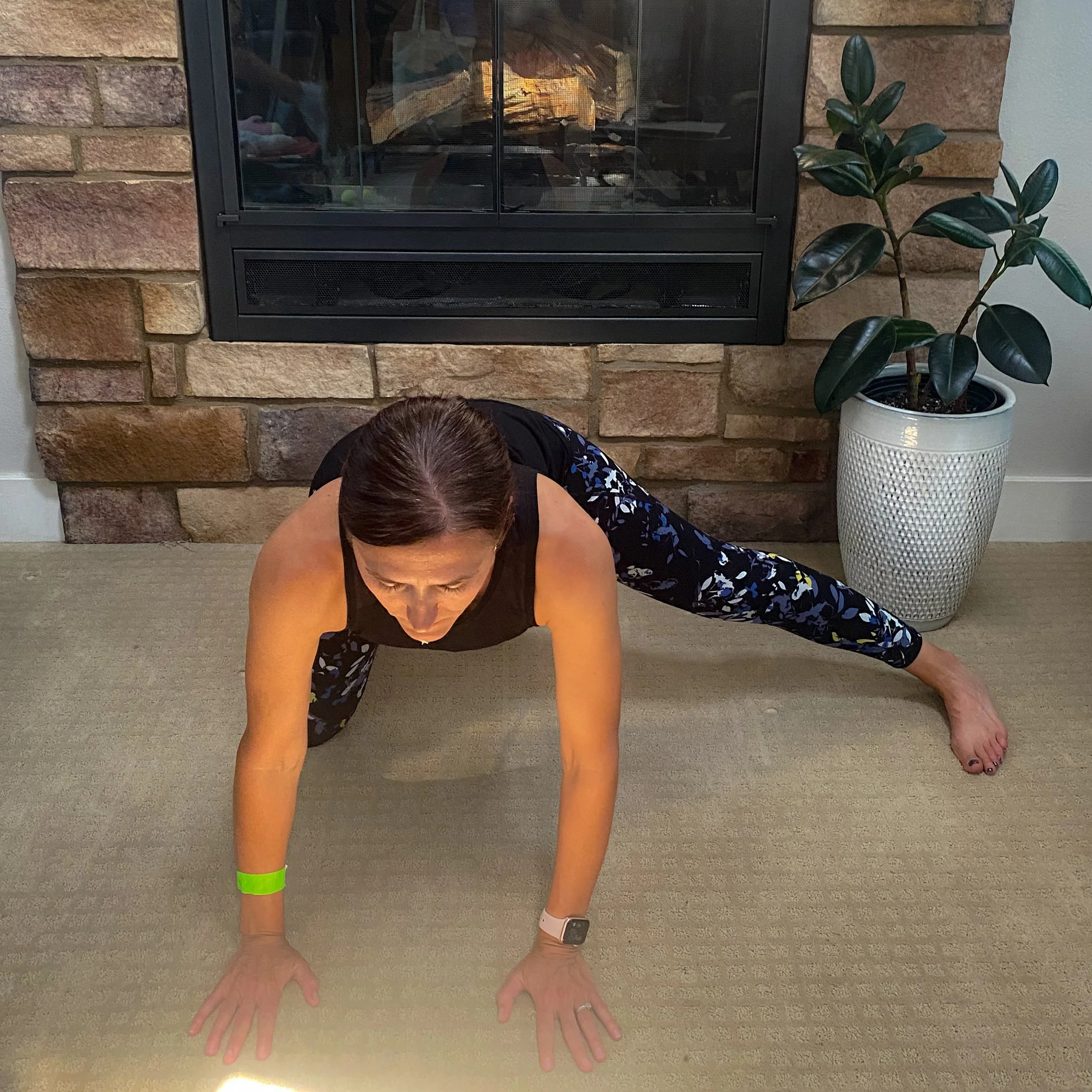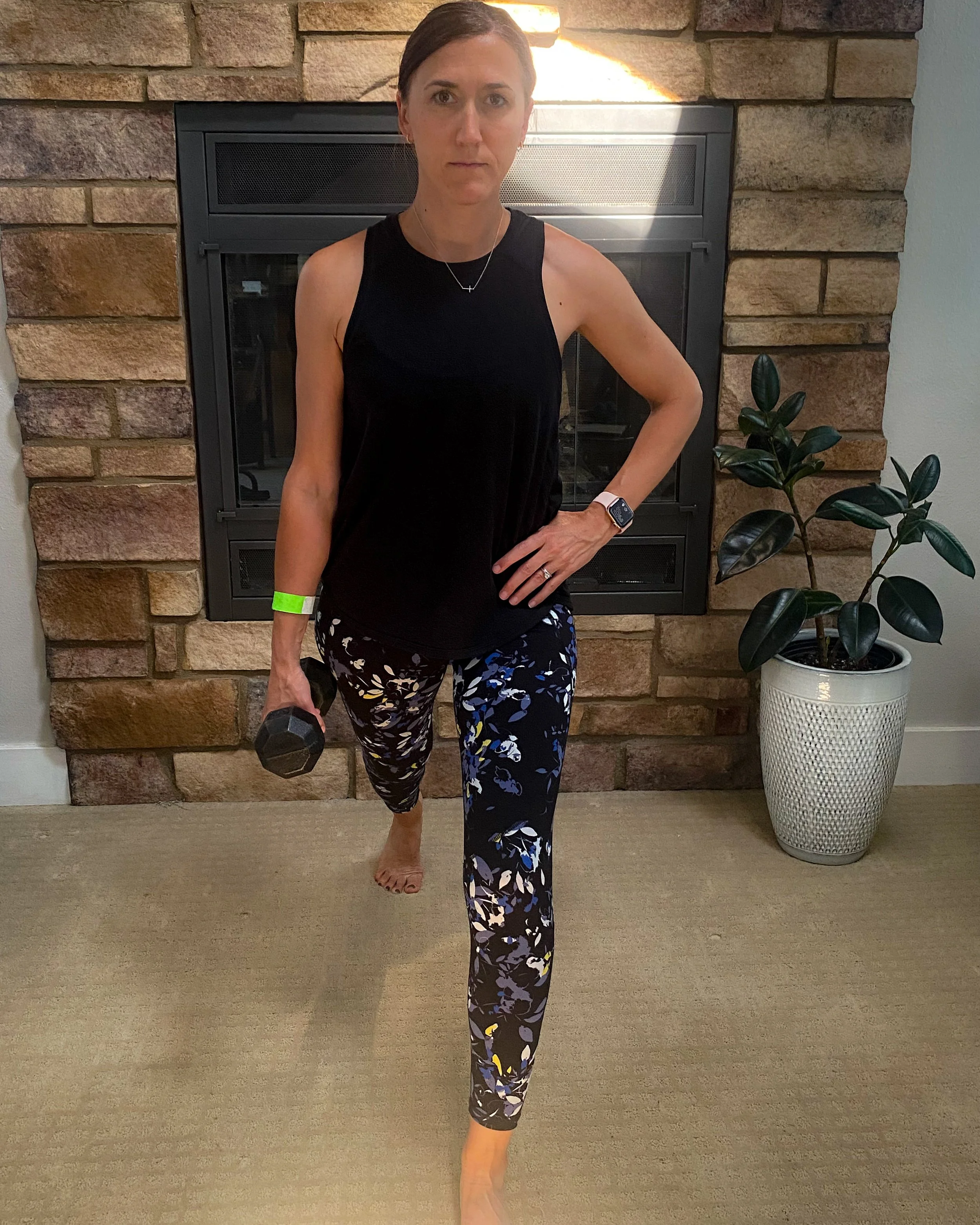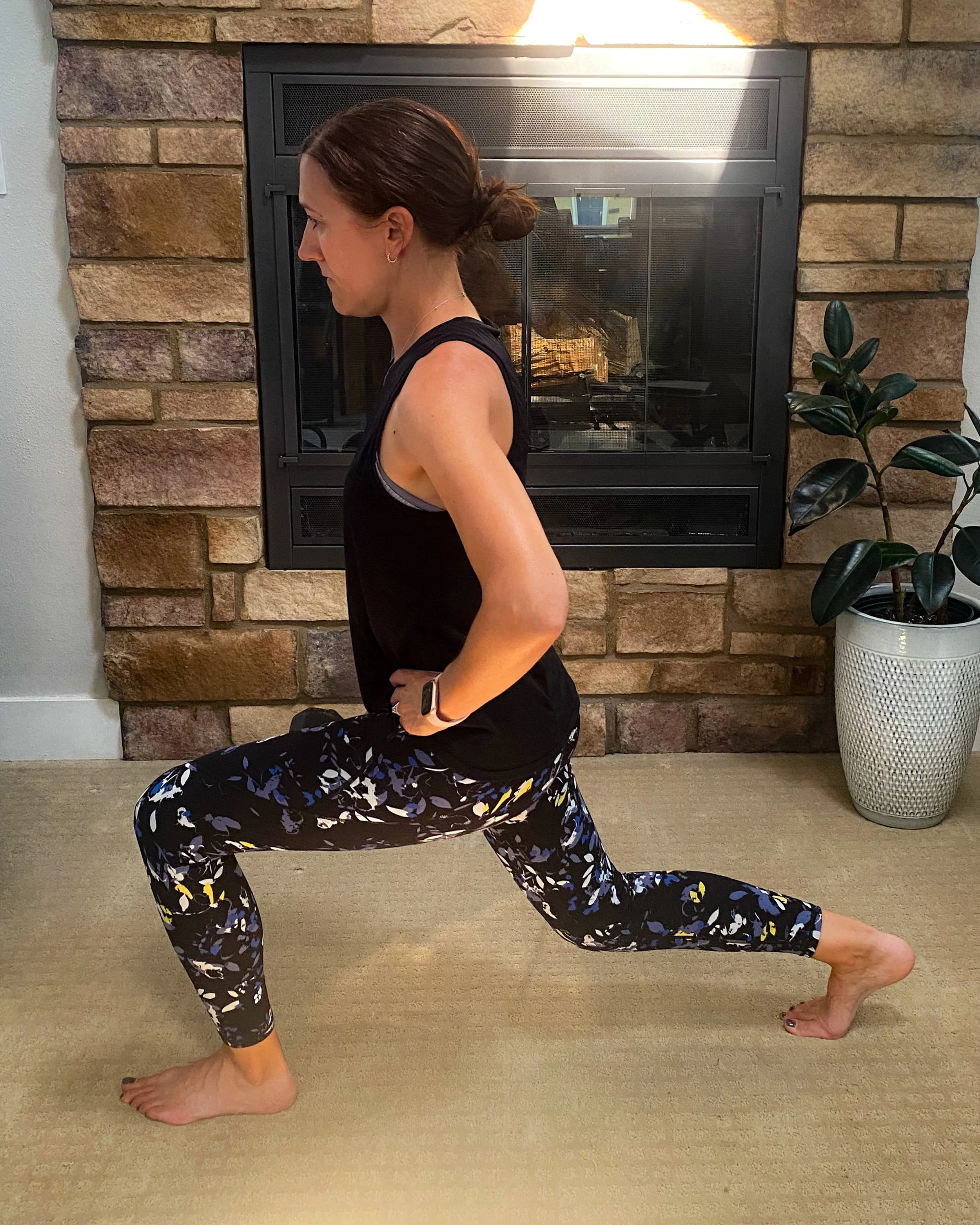cycling and Running Season: Strengthening and Protecting Your Pelvic Floor
Cycling and running season is in full swing, these activities offer excellent opportunities to strengthen our core and pelvic floor, but can sometimes also wreak havoc on us. Many who experience pelvic floor dysfunction find these two activities especially challenging.
Cycling and Pelvic Floor Dysfunction
Hours in a bike seat can irritate the pelvic floor, causing discomfort, pain, or numbness in the pelvic region. The bike seat can put pressure on the pudendal nerve, which exists very close to the saddle region. As pelvic floor physical therapists, we can help to alleviate some of these symptoms by helping look at the seat itself, our positioning on the bike, and then teach some downtraining techniques to help the pelvic floor relax. Pelvic floor physical therapy can be incredibly helpful to help the positioning of the hip and assist the pelvic floor in coming back to its relaxed state.
Signs of Excess Pelvic Floor Tension in Cyclists
Symptoms of excess pelvic floor tension are:
Increased desire to urinate or increased frequency of urination
Pain in the perineal or penile region
Pain with bowel movements
A slow or painful urine stream
Hyperarousal of the tissues
Running and Pelvic Floor Health
Runners can also experience some difficulties with their pelvic floor, but sometimes present a little differently. Many complain of groin or pubic pain, low back or hip pain, or urine leakage. Some also struggle with pelvic organ prolapse (complaints of a heaviness or pressure during running). Pelvic floor physical therapy can also be incredibly helpful for this population as well. At Klein Physical Therapy, we can do a detailed assessment including a running analysis in order to determine where the impairments are and find the root of the problem.
Recommended Mobility and Strengthening Routines For Cycling
A regular mobility routine after your bike rides and runs can be incredibly helpful as well. The following exercises are recommended after a bike ride:
Happy baby stretch: Lying on your back, bring your knees toward your chest and wide. Either hold behind your thighs or, if you can reach, hold onto your arches of your feet and gently pull your feet down toward the floor. Keep your knees bent. Breathe into your ribcage and hold for 30 sec and repeat 2-3x.
Deep squat: You can use the wall for support, but place your feet just wider than hip width apart and go down into a deep squat, great for opening your hips and pelvic floor! You can also place your sits bones on a yoga block or low step stool for some support if this is not comfortable or causes any pain. Hold for 1 minute focusing on the breath.
Frog pose: Start on hands and knees and then go down onto your forearms and take your knees wider so you are resting on the inside of your knees. Flex your feet and your knees should be at 90 degrees. You can gently rock forward and back, feeling a stretch on your inner thighs. Continue to hold the position for 1 minute.
Adductor rock backs: Start in hands and knees, and then place one leg extended out to the side at 90 degrees. Keep your foot facing forward and flexed. Keep your pelvis in a neutral position and slowly rock back only in the pain free range of motion. Repeat for 1 minute on each leg.
Recommended Mobility and Strengthening Routines For running
We recommend a mobility routine and strengthening to safely increase mileage with running. For mobility, use a foam roller for tight lower body areas, like the IT Band, quads and calves. Start your warm-up with a walk-job combo. Also, make sure you are safely increasing mileage by about 10% each week. For strengthening, we recommend the following, 8 reps each leg, 3 sets, 2/week:
Reverse lunge: Start standing holding a dumbbell in the right hand. Take a step back as shown going into a lunge position. Make sure your front knee does not go past your toes and keep your hips in a straight plane. Take your body straight down and then come back up and return to starting position.
Heel raises: Stand on one leg (you can hold on gently to something for balance). Rise up onto the ball of your foot and come back to starting position. Keep your knee straight.
Lateral dip: Stand at the side of a step with one foot hanging off the edge of the step. Start to go into a single leg squat allowing your foot in the air to dip off the edge of the stair. Keep your knee from collapsing in and keep your hips level. The weight should be in the stance foot on the heel. If you are able to balance, keep your hands out in front of you to disperse your weight. Return to the starting position
Whether you’re cycling or running, taking care of your pelvic floor is essential for long-term health and performance. If you experience any discomfort or symptoms of pelvic floor dysfunction, consider consulting a pelvic floor physical therapist to address the issue and enjoy a pain-free season.
Happy cycling and running!
Have more questions about cycling or running? Let us help you!! Book your free 30 min consultation today at www.kleinphysicaltherapy.com!

